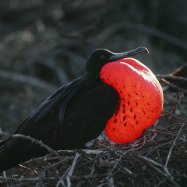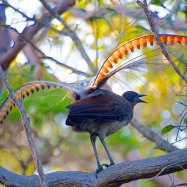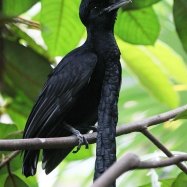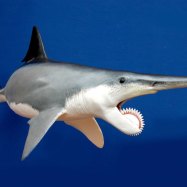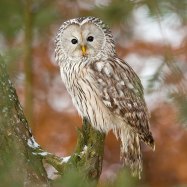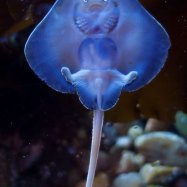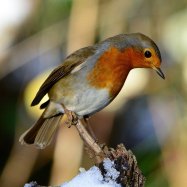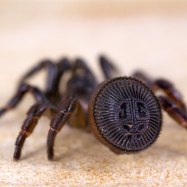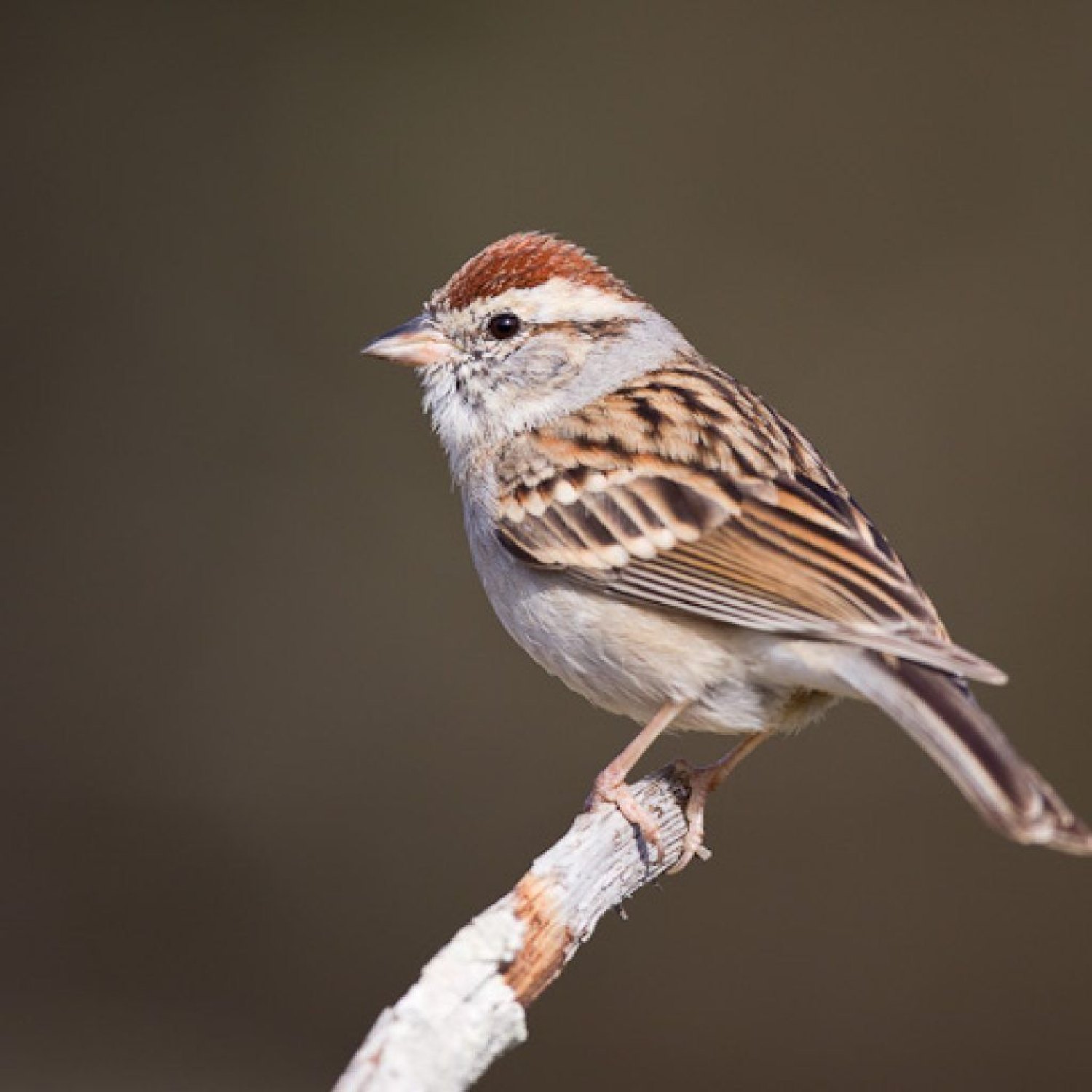
Chipping Sparrow
12-14 cm
The Chipping Sparrow, commonly found in eastern and central parts of North America, is a small and slender bird from the family Passerellidae. With a length of 12-14 cm, it is known for its distinctive chipping sound and is a popular sight in backyards and parks. Its small body shape makes it an agile flyer, and it feeds on a variety of seeds and insects. Keep an eye out for this charming bird on your next outdoor adventure! #ChippingSparrow #NorthAmericanBirds
Animal Details Summary:
Common Name: Chipping Sparrow
Kingdom: Animalia
Habitat: Open woodlands, forest edges, gardens, parks
Discover the Charm of the Chipping Sparrow
The chirping melodies of birds are often the first sounds that greet us in the morning, reminding us of the harmonious rhythms of nature. Among these sweet singers is a tiny and charming species – the Chipping Sparrow.Scientifically known as Spizella passerina, the Chipping Sparrow is a widely distributed bird found in North America. Its common name, Chipping Sparrow, comes from the distinct "chip-chip" sound it produces Chipping Sparrow. Its unassuming size and gentle nature make it a favorite among bird enthusiasts and a delight to watch in the wild.
Classification and Habitat
Belonging to the kingdom Animalia, Chipping Sparrows fall under the phylum Chordata, class Aves, and order Passeriformes. They are part of the family Passerellidae, which includes other sparrow species.The Chipping Sparrow is a native resident of North America, with its territory spread across the eastern and central parts of the continent. They can be found in a variety of habitats, including open woodlands, forest edges, gardens, and parks. This adaptable species thrives in both natural and urban environments, making it a common sight in many backyards.
Feeding and Behavior
Chipping Sparrows have a primarily insectivorous diet, feeding on a variety of insects, including beetles, caterpillars, and grasshoppers. They also supplement their diet with seeds and berries, making them omnivorous in nature.These tiny birds are known for their energetic foraging behavior, hopping around on the ground in search of food Cheetah. They also have a unique foraging technique, known as "double-scratching," where they rapidly scratch the ground with both feet to uncover hidden insects.
During the breeding season, Chipping Sparrows form monogamous pairs, with both parents actively involved in building the nest and caring for the young. Their nests are typically built in trees or shrubs, using twigs, grass, and other materials. This species is known to build large, elaborate nests, often incorporating spider webs to strengthen the structure.
Physical Characteristics
The Chipping Sparrow is a small and slender bird, measuring around 12-14 cm in length, with a wingspan of approximately 20 cm. They have a brown upperpart, with a grayish underpart and a distinctive reddish-brown cap. Their face has a stark white eyeline, which adds contrast to their overall appearance.One of the most striking features of the Chipping Sparrow is their pinkish beak, which is slightly curved downwards, making it easy for them to pick insects from the ground. They also have long, pointed wings, ideal for their active and acrobatic flight.
Geographical Distribution and Country of Origin
As mentioned earlier, Chipping Sparrows are native to North America, particularly the eastern and central regions. They have a widespread distribution in the United States, from the East Coast to the Rocky Mountains, and from southern Canada to northern Mexico.It is believed that Chipping Sparrows originated in the United States, and their range has expanded as they adapted to different habitats and environments. They have also been introduced to Hawaii, where they are considered non-native and are now competing for resources with the native bird species.
Interesting Facts
- A group of Chipping Sparrows is called a "tournament" or "pennant."- These birds are known for their intricate songs, with males singing to defend their territory and attract females.
- Chipping Sparrows are sometimes called "hairbirds" due to their habit of using animal hair in their nests.
- Along with other species of sparrows, Chipping Sparrows are often used as songbirds in the pet trade.
- They are frequently preyed upon by larger birds, including hawks, owls, and snakes.
Final Thoughts
In conclusion, the Chipping Sparrow may be small in size, but it holds a special place in the hearts of birdwatchers and nature enthusiasts. Its adaptability, energetic behavior, and beautiful songs make it a fascinating bird to observe in its natural habitat. Next time you hear the familiar "chip-chip" sound, take a moment to appreciate the charm of this lovely avian species – the Chipping Sparrow.

Chipping Sparrow
Animal Details Chipping Sparrow - Scientific Name: Spizella passerina
- Category: Animals C
- Scientific Name: Spizella passerina
- Common Name: Chipping Sparrow
- Kingdom: Animalia
- Phylum: Chordata
- Class: Aves
- Order: Passeriformes
- Family: Passerellidae
- Habitat: Open woodlands, forest edges, gardens, parks
- Feeding Method: Primarily insectivorous, also feeds on seeds and berries
- Geographical Distribution: North America
- Country of Origin: United States
- Location: Eastern and central parts of North America
- Animal Coloration: Brown upperparts, gray underparts, white eyeline, reddish cap
- Body Shape: Small, slender
- Length: 12-14 cm
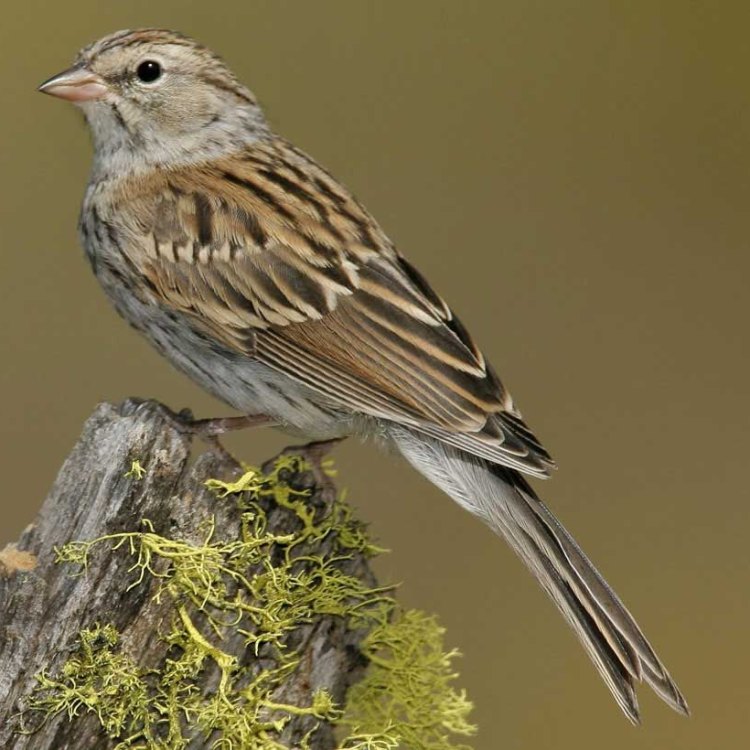
Chipping Sparrow
- Adult Size: Small
- Average Lifespan: Up to 11 years
- Reproduction: Monogamous
- Reproductive Behavior: Builds cup-shaped nests
- Sound or Call: Distinctive trill
- Migration Pattern: Migratory
- Social Groups: Usually seen in small flocks during migration
- Behavior: Active and curious
- Threats: Habitat loss, nest predation
- Conservation Status: Least Concern
- Impact on Ecosystem: Helps control insect populations
- Human Use: Popular bird for birdwatching
- Distinctive Features: Reddish cap and white eyeline
- Interesting Facts: One of the most common sparrows in North America
- Predator: Birds of prey, snakes, cats
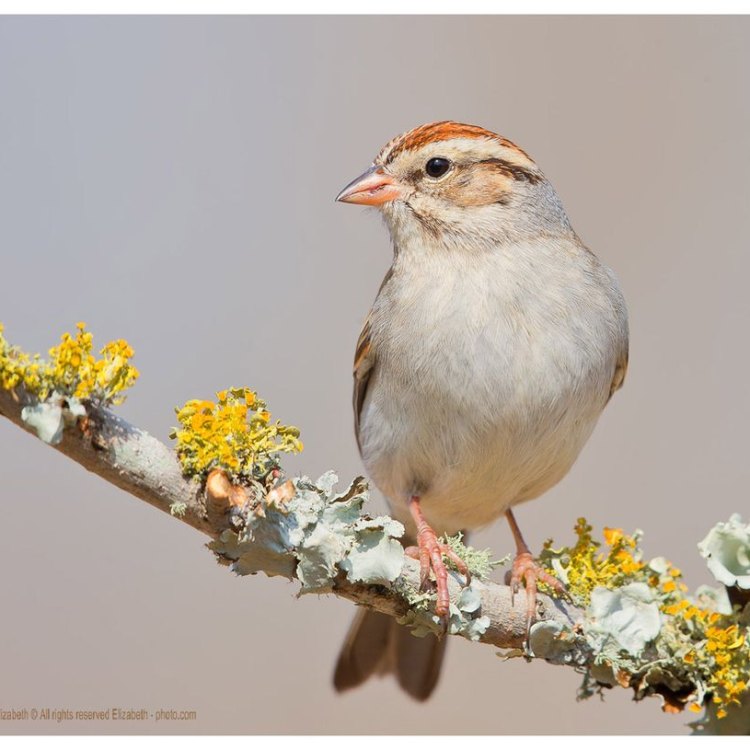
Spizella passerina
The Fascinating Chipping Sparrow: A Small but Mighty Bird
The chirps and calls of various bird species can often be heard in the early mornings and throughout the day, but there is one particular bird that stands out with its distinctive trill - the Chipping Sparrow. This little bird may seem like just another common species, but with a closer look, it is clear that the Chipping Sparrow has many unique features and behaviors that make it a true gem in the bird world.The Chipping Sparrow, also known by its scientific name Spizella passerina, is a small bird that can be found throughout North America. It is part of the Passerellidae family, commonly known as the New World Sparrows PeaceOfAnimals.Com. With its small size, measuring only around five inches in length and weighing around half an ounce, the Chipping Sparrow may not seem like much at first glance. However, this small bird is full of fascinating characteristics that make it a beloved species among birdwatchers.
Size and Lifespan:
Compared to other birds, the Chipping Sparrow may seem minuscule, but its small size does not hinder its strength. Despite its small stature, this bird has a remarkable lifespan, with an average of up to 11 years. This is quite impressive, considering its size and the potential dangers it faces in the wild.
Reproductive Behavior:
The Chipping Sparrow is a monogamous species, meaning they mate with one partner for their entire life. Once they have found a mate, they exhibit a strong bond and tend to their offspring together. This behavior is crucial for raising their young successfully. As their population continues to decline due to various threats, maintaining a monogamous breeding system allows the species to reproduce and potentially increase their numbers Cory Catfish.
Nests and Migration:
During the breeding season, which typically occurs between May and August, the Chipping Sparrow shows its excellent nesting skills. These birds are known for their cup-shaped nests, which they build using twigs, grass, and other materials, typically situated in low trees or shrubs. The construction of these nests requires a lot of hard work, but these birds are quite efficient in building them, often completing them in just a few days.
After the breeding season, the Chipping Sparrow embarks on one of its most unique behaviors - migration. This bird is a migratory species, meaning they travel long distances in search of food and suitable nesting habitats. They typically migrate from the northern parts of North America to the southern parts during the fall season, and then back to their breeding grounds in the spring. This journey can cover hundreds or even thousands of miles, an impressive feat for such a small bird.
Social Behavior:
The Chipping Sparrow is an active and curious bird that can usually be seen in small flocks during migration. However, during breeding season, they tend to be more isolated and territorial, especially towards other bird species. While they still maintain a strong bond with their mates, they tend to keep to themselves during the nesting season.
Sound and Call:
One of the most distinctive features of the Chipping Sparrow is its sound and call. These birds are known for their unique trilling sound, often described as "chipping" or "chit-chit-chip." This sound is made by the male birds during the breeding season to attract their mates. It is also used as a form of communication between members of the same species.
Distinctive Features:
The Chipping Sparrow may seem like just another common brown bird, but it has distinctive features that make it stand out among other species. Its most notable feature is its reddish-brown cap, which gives it a touch of color and makes it easily recognizable. It also has a white eyeline that adds to its charming appearance.
Threats and Conservation:
Unfortunately, the Chipping Sparrow's population has been declining over the years, with one of the main threats being habitat loss. As more and more human development takes over natural habitats, these birds struggle to find suitable nesting grounds and food sources. In addition, they also face threats from predators, such as birds of prey, snakes, and domestic cats, which prey on their eggs and young.
Despite these threats, the Chipping Sparrow is currently classified as a species of Least Concern on the IUCN Red List. However, conservation efforts are still necessary to ensure their population remains stable and their habitats are protected. Many organizations, such as the National Audubon Society and the American Bird Conservancy, are working to preserve and restore habitats for these and other bird species.
Impact on the Ecosystem:
The Chipping Sparrow may be small, but it plays a significant role in its ecosystem. These birds primarily feed on insects, especially during the breeding season when they need a higher protein diet to nourish their young. This makes them an important predator of insect populations, which can be beneficial for farmers and gardeners. Without this small but mighty bird, there could be a significant increase in insect populations, causing potential harm to crops and vegetation.
Human Use and Interesting Facts:
The Chipping Sparrow may not be utilized by humans for any specific purpose, but it is a popular bird for birdwatching. Its distinctive features, behaviors, and charming trill make it a delight to observe in the wild, and it is often sought out by birdwatchers of all levels.
In addition to being a popular bird for birdwatching, the Chipping Sparrow also has some interesting facts that make it a fascinating species. For example, it is one of the most common sparrows in North America, with a widespread population throughout the continent. It is also a frequent visitor to backyard bird feeders, making it a familiar sight for many bird lovers.
Conclusion:
In conclusion, the Chipping Sparrow may be small in size, but it is mighty in many ways. From its impressive lifespan to its monogamous breeding behavior and distinctive features, this bird has captured the hearts of many nature enthusiasts. As we continue to learn more about the importance of preserving our natural world, it is crucial to recognize and appreciate the unique characteristics and behaviors of each species, including the fascinating Chipping Sparrow. So, next time you hear its distinctive trill, take a moment to admire this small but remarkable bird and the important role it plays in our ecosystem.
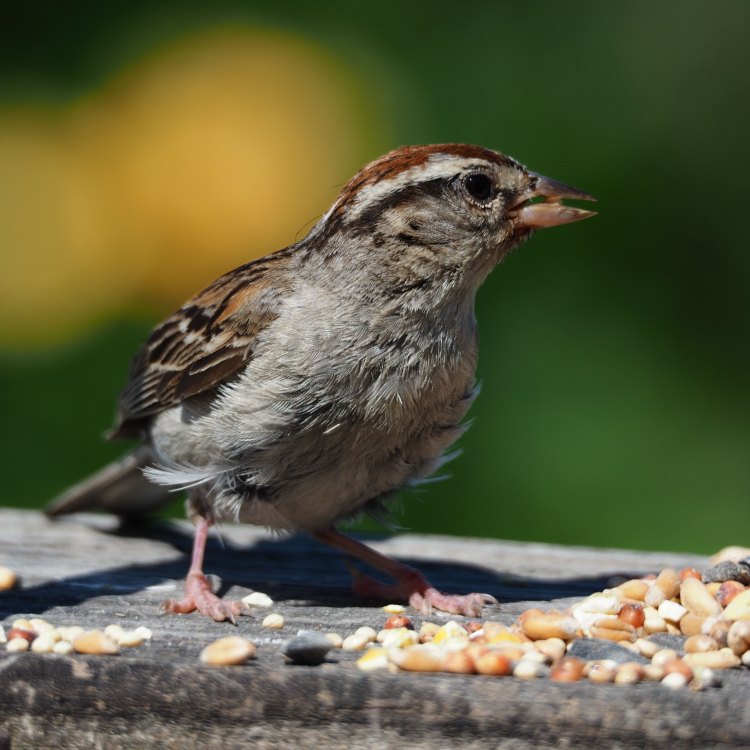
Discover the Charm of the Chipping Sparrow
Disclaimer: The content provided is for informational purposes only. We cannot guarantee the accuracy of the information on this page 100%. All information provided here may change without prior notice.

